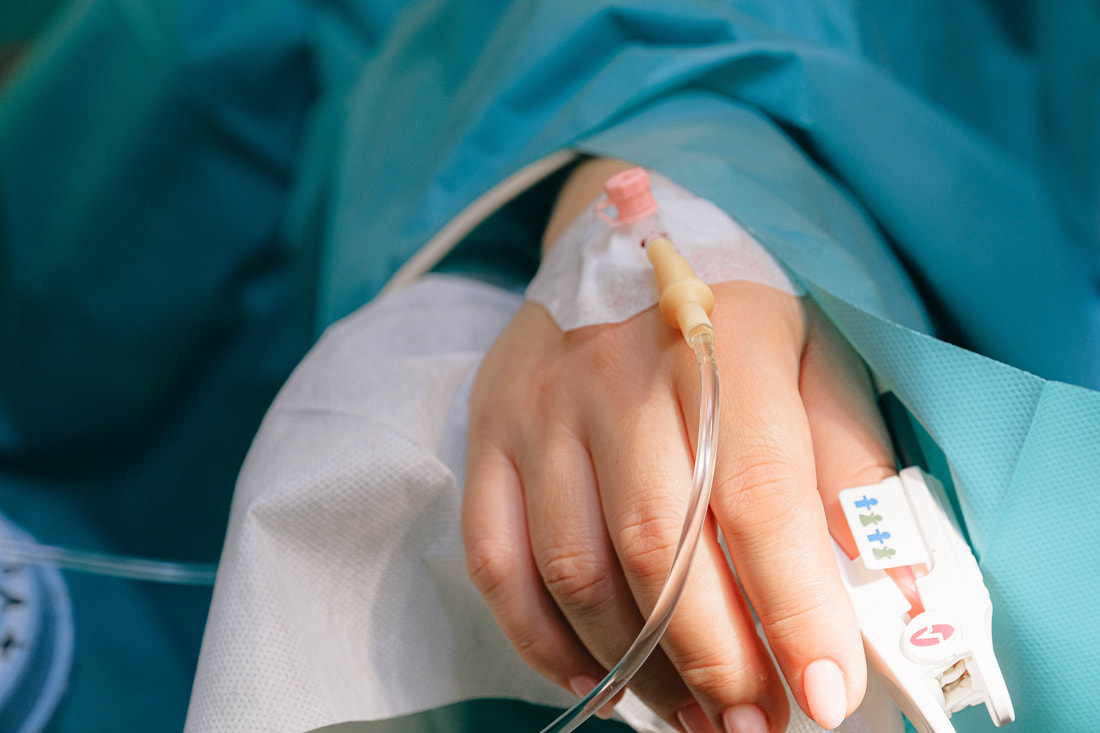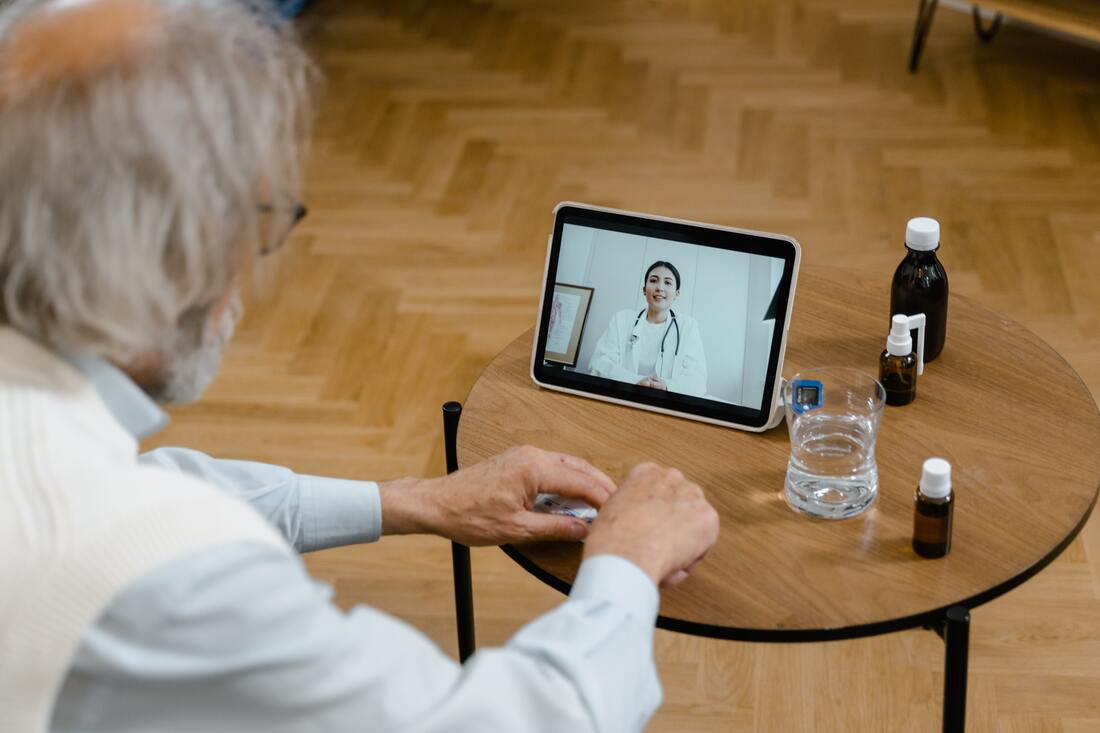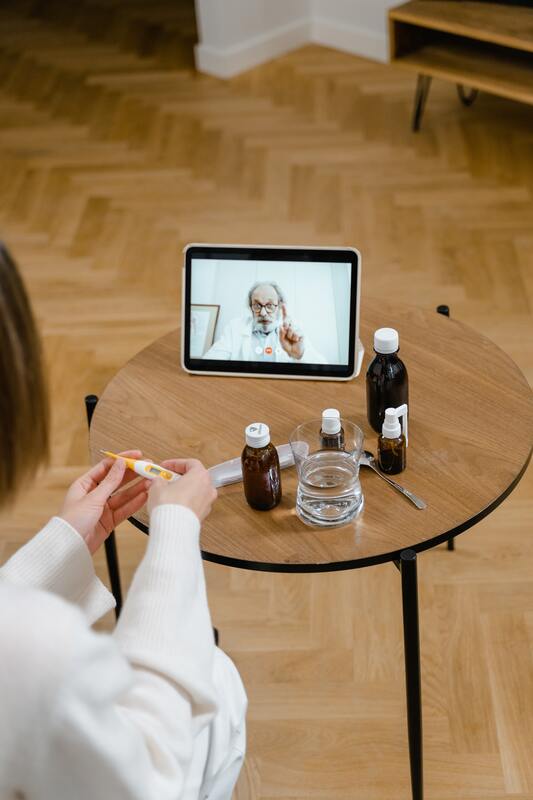Solar energy is a renewable source of power that has many important benefits for rural areas in different parts of the world. As opposed to previous energy sources like coal, solar power is a clean energy source that does not impact the environment negatively. Some of the benefits of solar energy are listed below.
1. Renewable source of clean energy: The pollution level in rural communities drops when there is a renewable power plant in the vicinity. This allows the residents to enjoy a lower illness rate across the community.
2. Increase in commercial and industrial activities: When clean and renewable energy in a rural community attracts economic progress. This results from how cheap power becomes when multiple renewable energy sources exist in a community. It also helps to sprout many prospective rural businesses with the potential to build industries.
3. Reduction of water usage: The amount of water needed for the operation of coal and nuclear-based energy sources is enormous compared to the amount that solar power consumes. Therefore, solar energy can reduce water usage on power in rural communities, leading to an abundance of water needed for agriculture or irrigation.









 RSS Feed
RSS Feed
